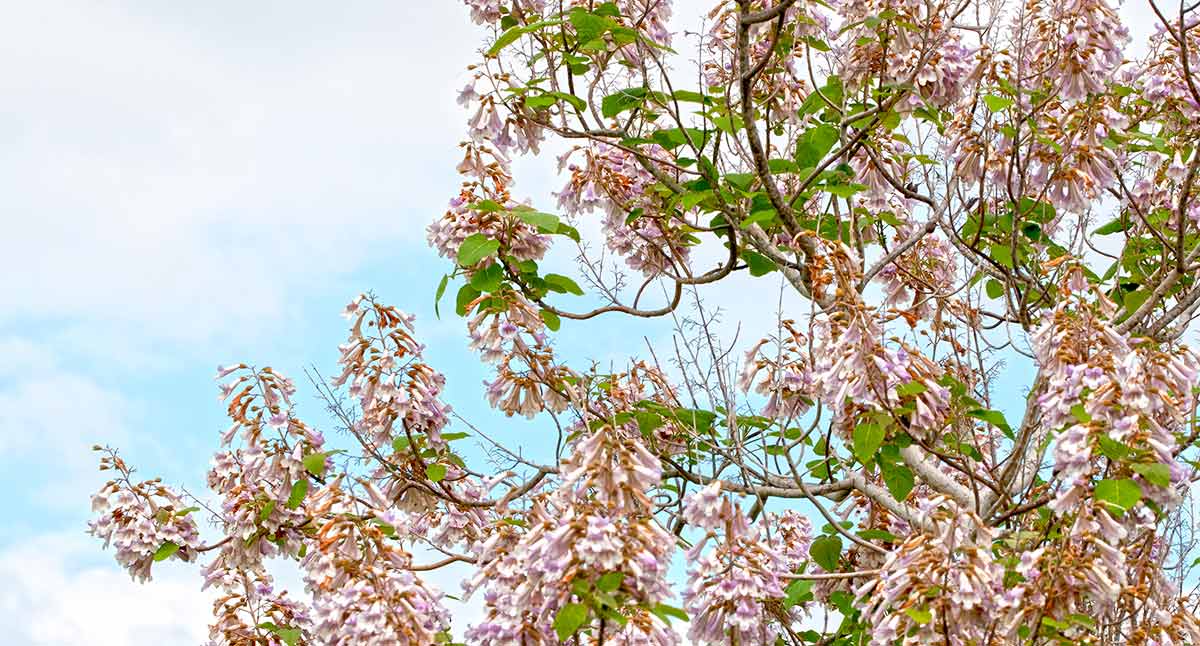
The Royal Paulownia, also dubbed the “Tree of Life” has a traditional significance in Japan and China, where it is most often planted. During the newborn birth if a child or daughter, a family would plant the Tree of Life in honor of the birth. Once the daughter or child grew and married, the tree would be cut down to make a special chest for the home. Folklore also has it that “when the tree was planted close to the house, a Phoenix would come and bring them good luck.” The Royal Paulownia is considered a tree of good luck, and of life. Alongside its cultural significance, it has medicinal purposes which vary, with some using the sweet-smelling lilac flowers as a cure for skin ailments.
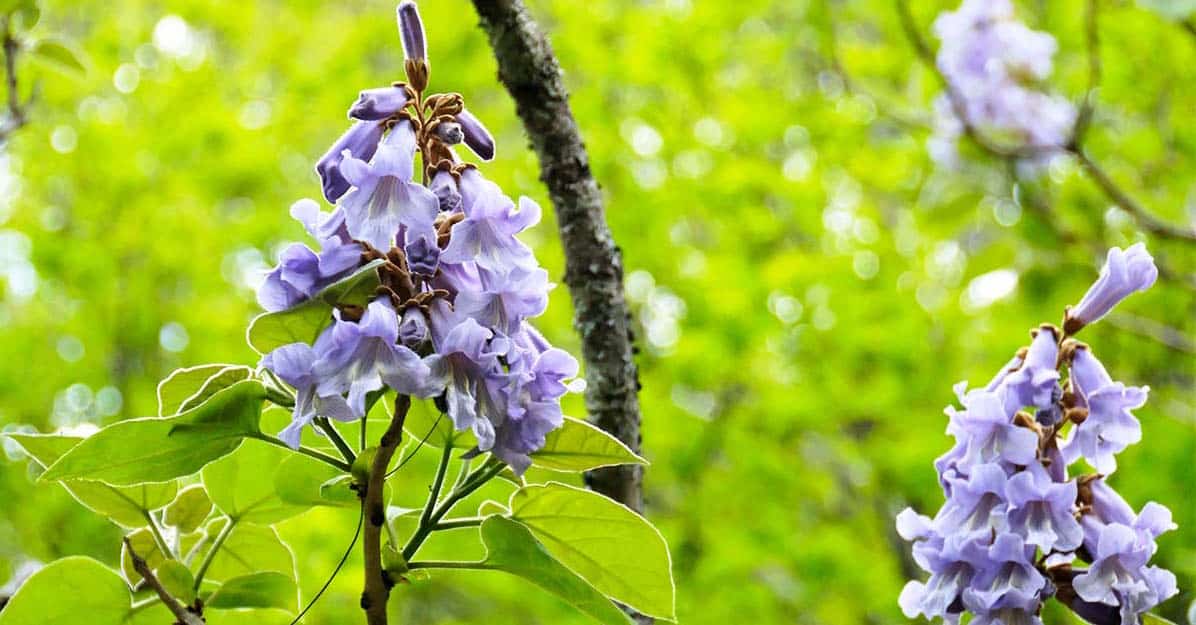
Photo by Tony Rodd
Fragrant and Beautiful Trees
The Royal Paulownia helps fight climate change, and absorbs up to 10x more than other trees, it is even able to grow in infertile soils as it is such as resistant tree. The Royal Paulownia tree seeds we carry are non-invasive, and can be safely planted in zones 5-11. They are considered to be some of the fastest growing trees, as sprouts emerge after just one-two weeks! These trees bloom with beautiful lilac purple flowers. Many bees, butterflies, and birds are attracted to this special tree species, namely for its fragrant and aromatic flowers. The flowers have a sweet spring aroma similar to jasmines and gardenias. The Royal Paulownia tree grows to a small-medium height, and is perfect for backyard planting.
The Royal Paulownia grows in planting zones 5-11, which means they are both cold hardy and can beat the heat. They are very low maintenance, and do not require much for growth. The only thing they dislike is too much water. They enjoy sunlight and healthy doses of water (but not too much!) Best to plant these during warmer months, between the months of March until October. These can also be used indoors, or kept in a planter, as they are popular Bonsai trees.
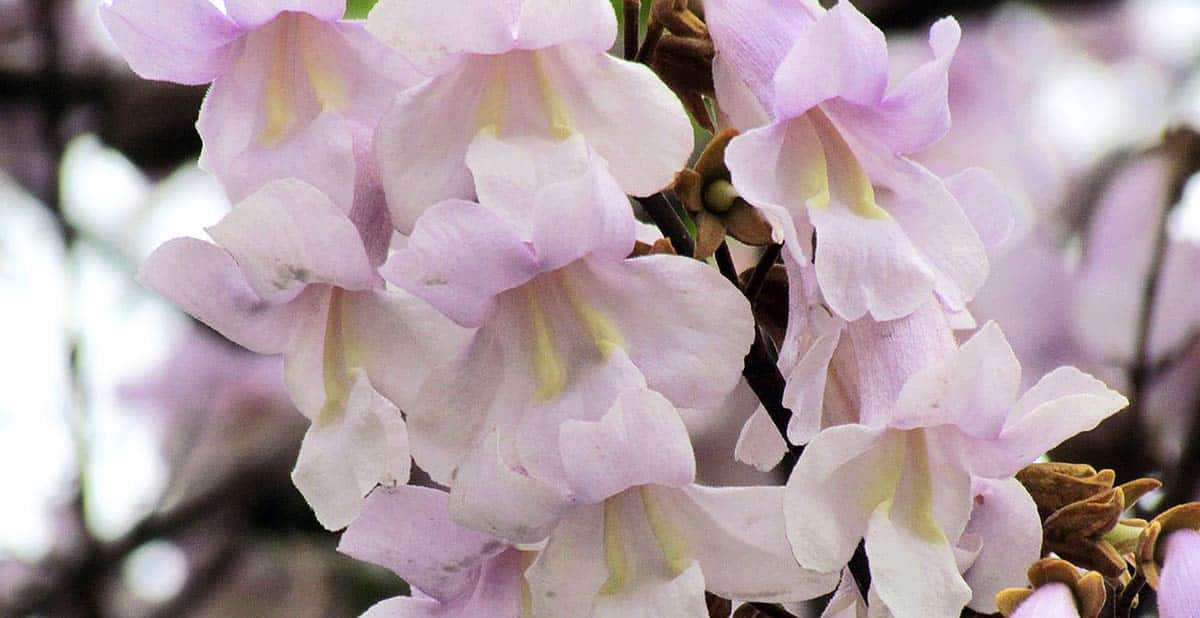
Planting Instructions
Method 1:
1. The seeds must have light and very high levels of humidity to enable germination to take place. You can start the seeds directly in the Bios Urn, or if you prefer in a small seed tray. Whichever is preferable for you. For sowing, first fill the top capsule of the Bios Urn or seed tray with compost, and soi. Lightly but firmly flatten and consolidate the surface.
2. Take a pinch of seeds and lightly sprinkle the seeds over the compost surface. Make sure they are not under the surface of the soil – they must be on top of it. You can spread them a bit apart.
3. To ensure germination high humidity must be provided, this can be achieved by placing a small tupperware or glass bowl over the Bios Urn and seeds. Essentially, anything which creates a greenhouse effect.
4. The sown seeds then need to be placed in a place that receives plenty of light but not direct sunlight. After a day or so the water vapor will begin to condense on the inside of the film indicating 100% humidity inside and the correct conditions for the surface sown seed to germinate.
5. After approximately a 5-7 days or so, signs of germination should be evident. After another week or so covered by the glass bowl or tupperware, the edges need to start to be lifted slightly to increase air circulation and start to prepare the seedlings for life under more normal atmospheric conditions.
6. After two weeks has passed, you can remove the covering and allow the seeds to grow as normal. By this point you should beautiful little sprouts.
The key is really humidity, moisture, and light!
Method 2:
1. Take a tupperware, and place a wet paper towel at the bottom of it. Place the paulownia seeds on top of the towel, and close the tupperware.
2. Place the tupperware in a warm and light area, for 2 weeks. During this time seed germination will occur, and sprouts will begin to arise.
3. Once the sprouts have begun to show, transplant them into the top capsule of the Bios Urn®.
Once all the seeds begin to grow, you will want to choose the two strongest seedlings. The rest of the seeds can be planted in another area, grown indoors, or recycled in any way you see fit.
For questions on this process, please email our support team at [email protected] or by filling out this form on our website.
The Bios Urn® is compatible with a Tree Of Life tree as with all other tree types. No exceptions! You can buy your Bios Urn® here.
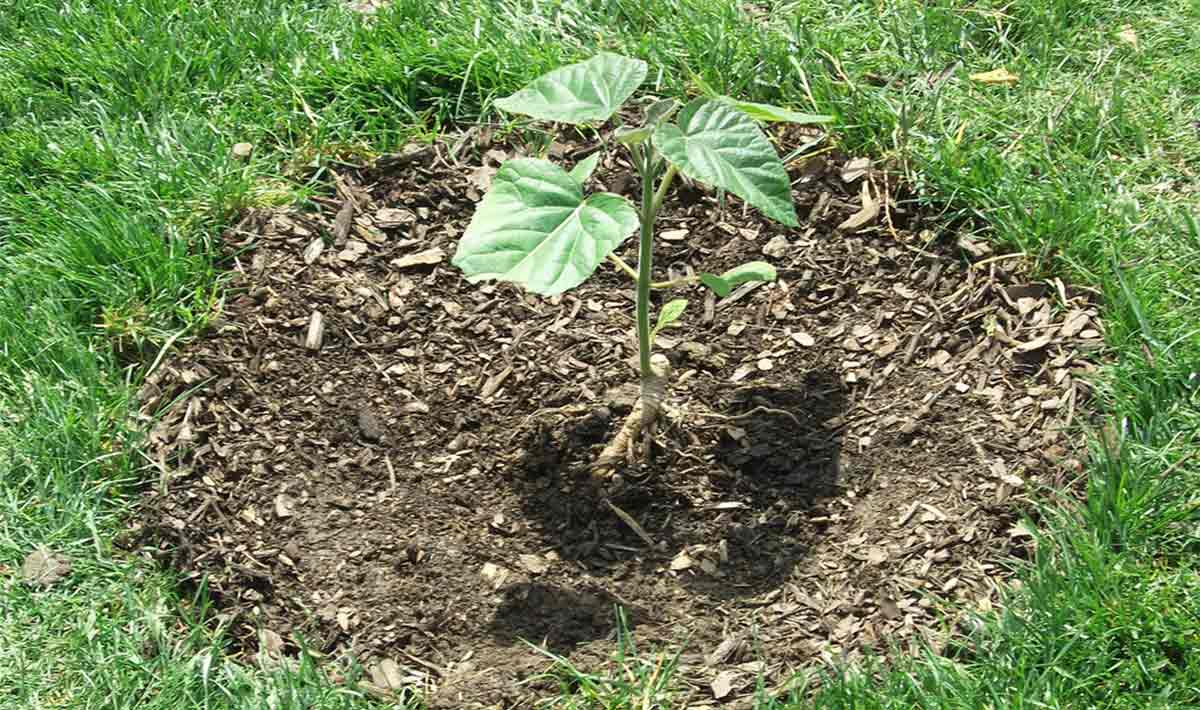
Photo by Skylar Vance
Join our mailing list to keep you updated of all Bios® news and get a 10% Discount!


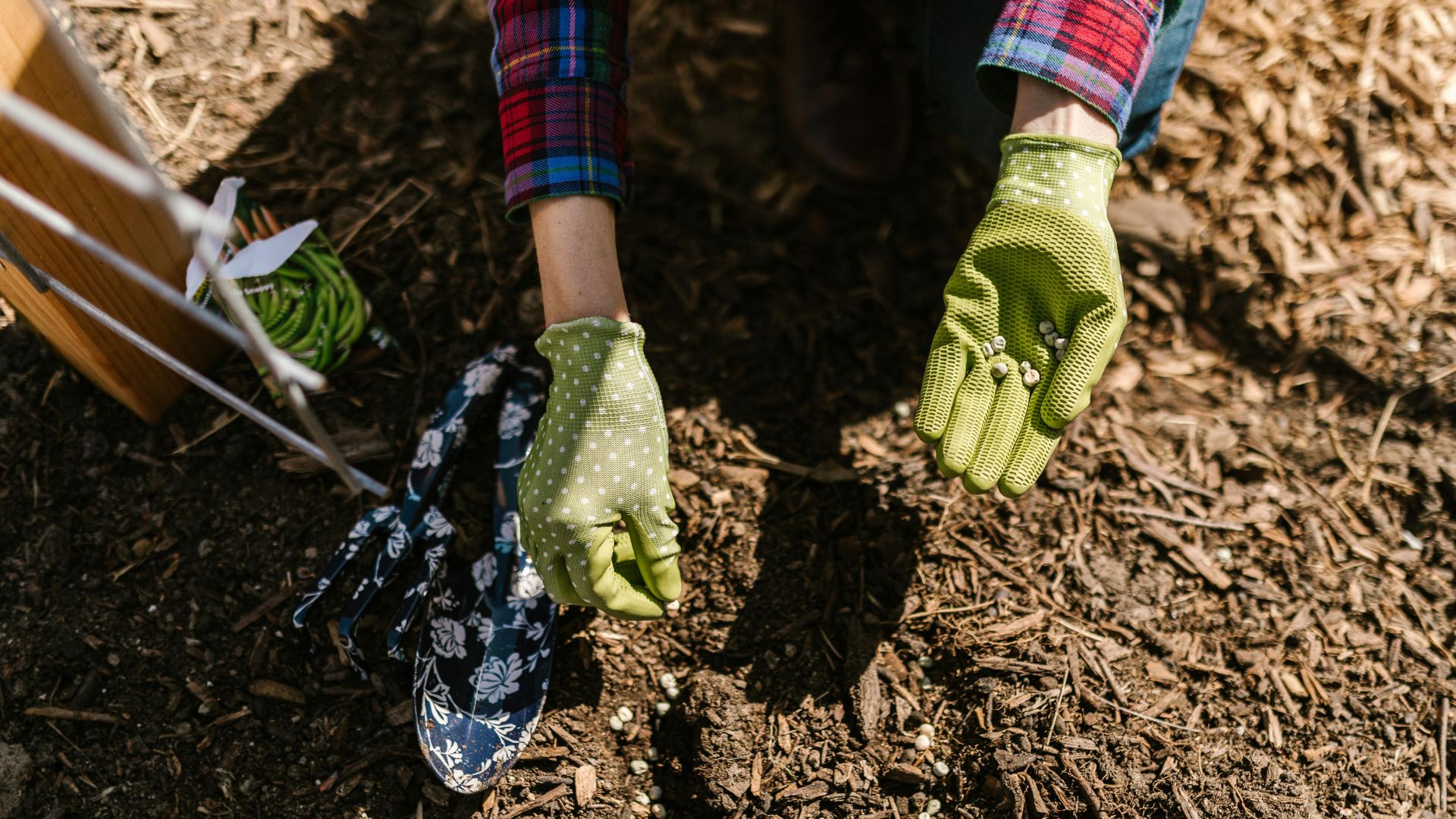
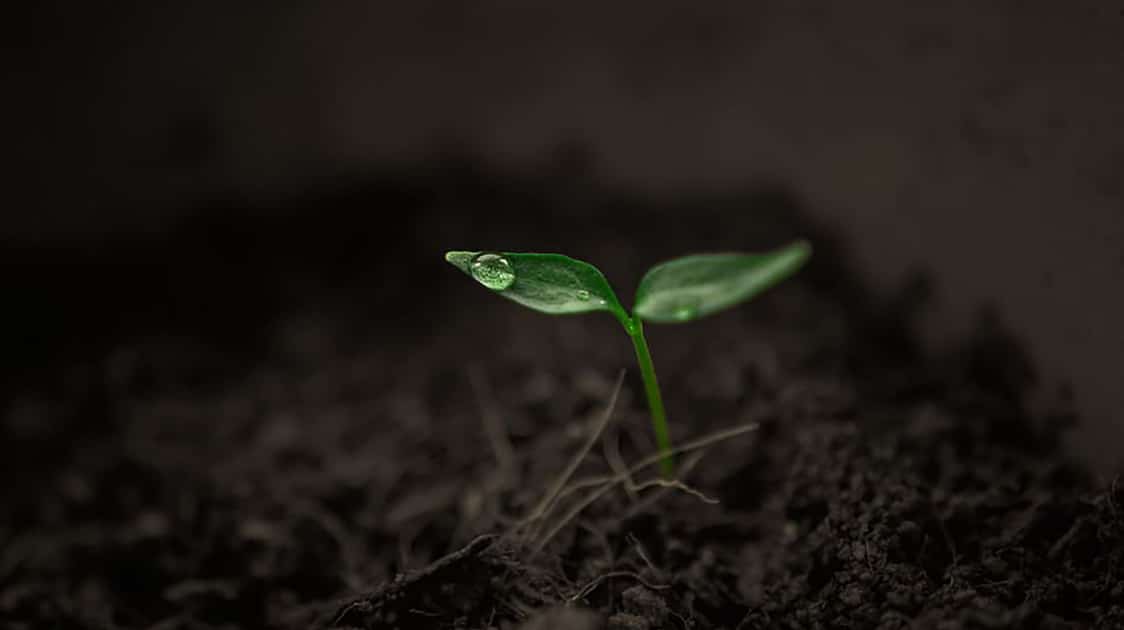

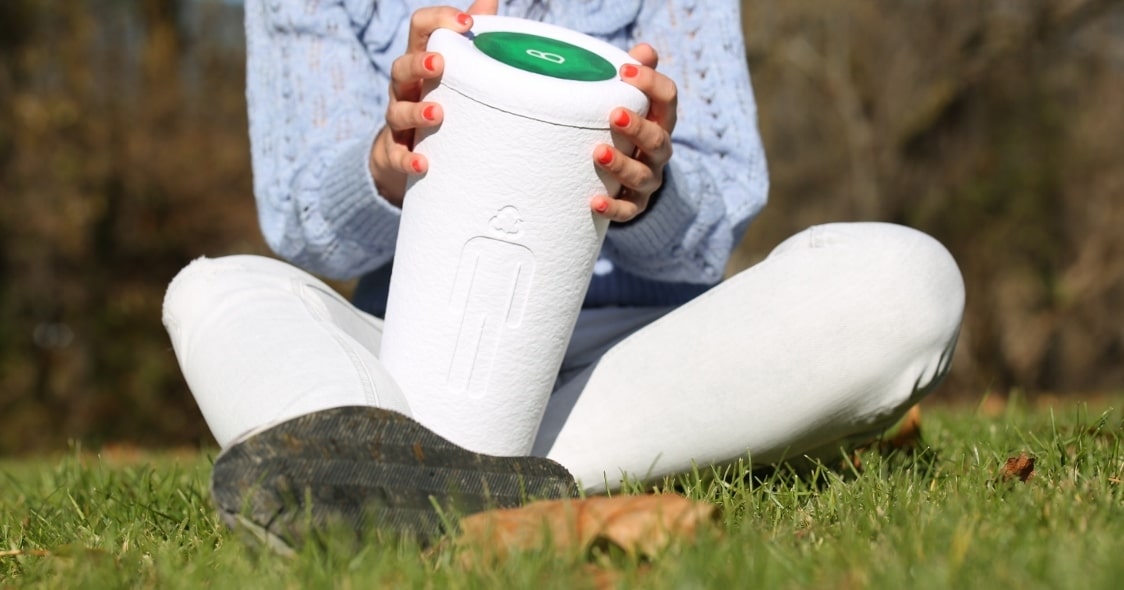
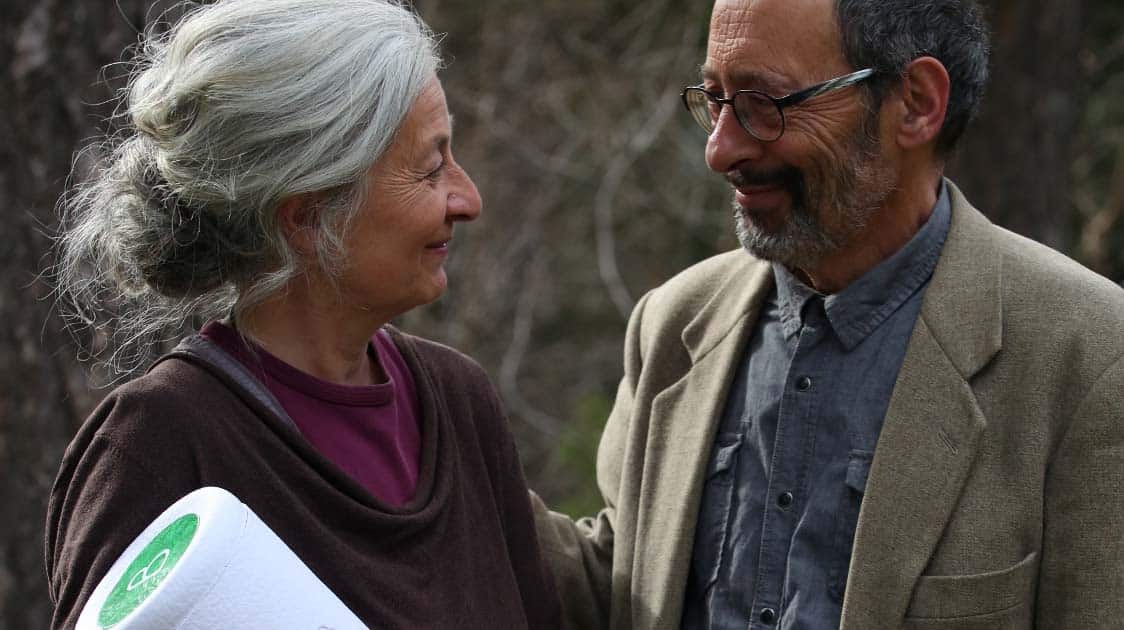
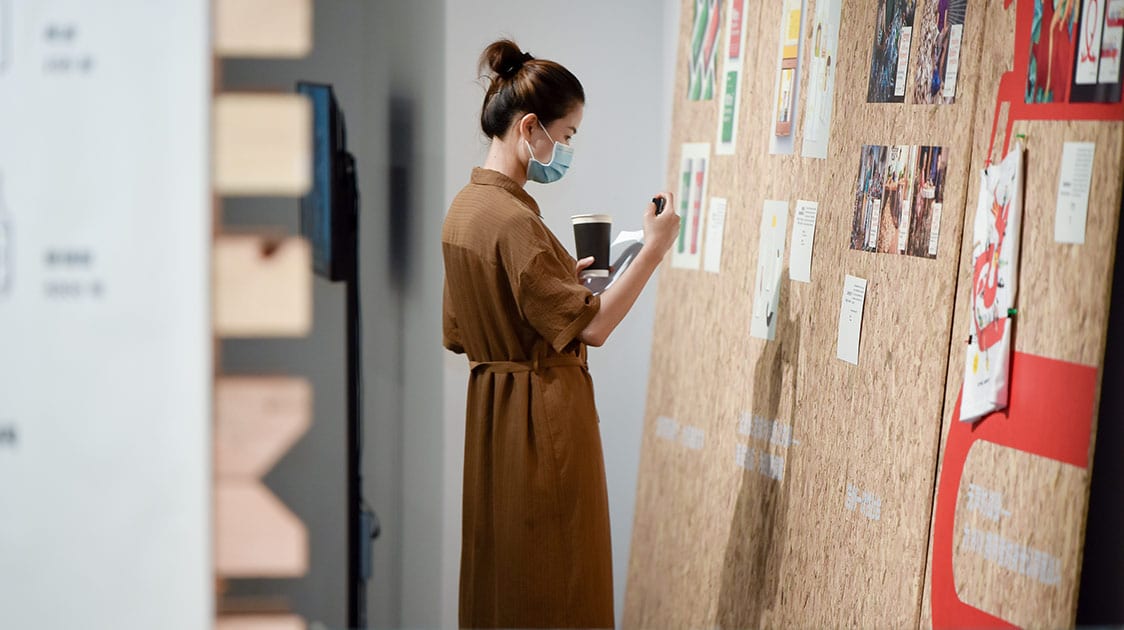
Where can I purchase seeds for the Paulownia tree?
Hello Morag. We just sent you an email!
How many years after planting out before it starts to bloom ?
Many regards, Gary
Dear Gary. It depends very much on wether you are planting seeds, a seedling, a sprout or a young tree.
Flowering lasts for over a month and occurs throughout the year with a peak from March to May in the Virgin Islands. However, flowering is somewhat irregular as not all trees in a stand will flower at the same time and individual trees may bear flowers on only a portion of the canopy. As a result, there is often a lesser flowering period in January and February. The fruit can take 2 months to mature, with peak production from July to September with a lesser number maturing in March and April.
Hello,
I just ordered my Bios Urns and would like to know where I can purchase seeds for the Paulownia tree.
Thank you for all you do!
Diana Gregg
Thank you so much for your interest and kind words. It makes everything we do worth while. If you are referring to Tree of Life seeds (Paulownia Tomentosa), we have some in stock which we can send you a pack free of charge. You will receive an email in the next couple of days with a tracking number for these as they will be sent separate to the urns. Many thanks!